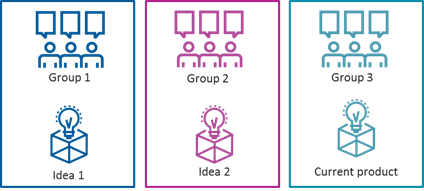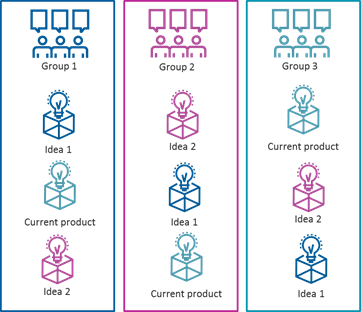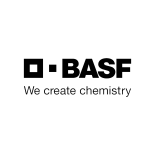A monadic test is where you show research participants one product or concept in isolation. This is opposed to a comparison test, where two or more products/concepts are shown next to each other and compared by research participants.
What is a monadic test?
Why are monadic tests used in market research?
The key reason that you might want to carry out a monadic test is that it gives you a true measure of how appealing or how likely someone is to purchase each particular product, and that a respondent’s perception is not marred by outside influences. It can be seen as more realistic to a real world choice. A comparison test, whilst easy to understand the results, gives answers that often lack context about the true appeal of an idea and so can be less useful than a monadic test.
Types of project where monadic testing is used
A monadic test is often used in product concept testing or packaging research. It can also be used in pricing studies. Both qualitative and quantitative studies can be carried out using a monadic research design.
Example of a monadic test in market research
An example of how a monadic test is carried out is shown in the diagram below:

Each group of your sample is only shown one idea. You should also have a control group that is shown the current product to act as your benchmark. You can then ask each group a number of questions about the product idea and these groups can be compared with one another.
Sequential monadic testing
A common alternative approach is to do a sequential monadic test. This is where products ideas are still shown to respondents in isolation, but each respondent goes through a number of iterations of the questions so that they are shown all product ideas. This could look like:

Advantages to sequential monadic testing
This has some advantages, the main one being that you need fewer respondents in the first place to get a reliable measure of the outcome and so it can be a more cost effective approach.
It is worth noting that there can be an interaction effect – that as your respondent sees more scenarios the answers given are swayed by what they have already seen. For example if the respondent sees one really good design first, then they might score the following concepts lower than they would have in isolation. Ultimately however, you will still get to the answer that you need from the sequential monadic approach.
Further Reading on Product Research
Our Clients












